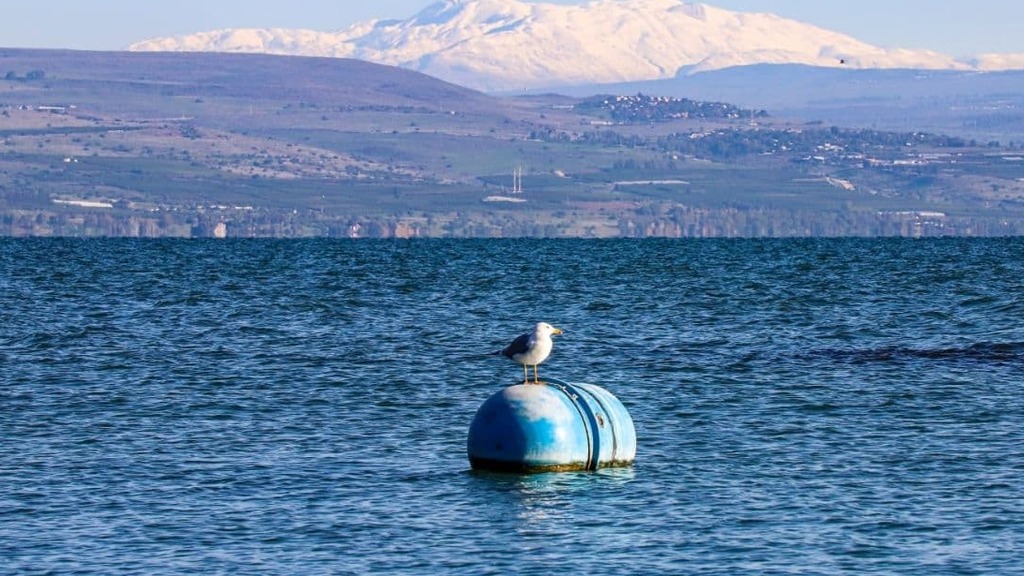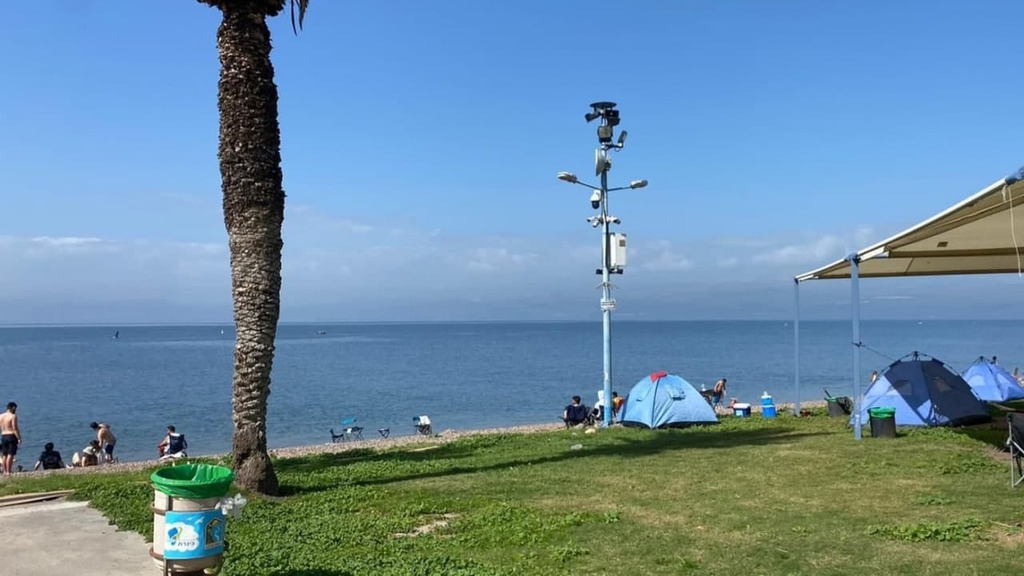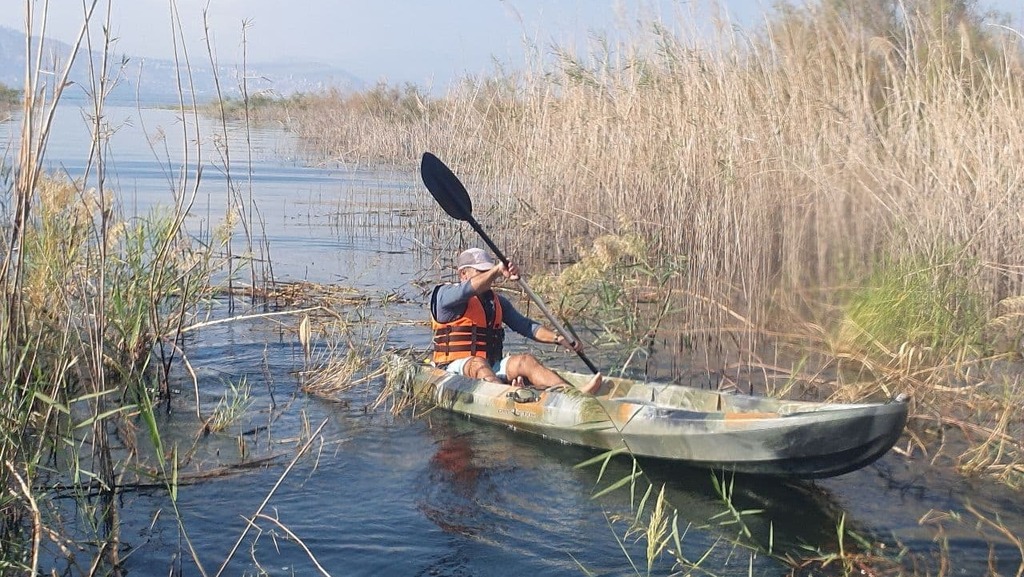Getting your Trinity Audio player ready...
The Water Authority reported Monday that the waterline of the Sea of Galilee in northern Israel rose by half a centimeter during the day, and stood at 209.255 meters (686.53 feet) below sea level.
The Sea of Galilee, Israel’s only sweet water lake, was just 45.5 cm (18 inches) short of reaching its full capacity, after which the lake may overflow and flood communities living on its shores.
The Water Authority said that in such a case, it will open a dam located near Kibbutz Degania - which is situated close to the lake's shoreline - to allow excess water to spill into the Jordan River and prevent flooding.
Only a year and a half ago, the water level in the freshwater lake stood below the so-called lower red line, at which point, the government restricts pumping water from the water body.
According to the Water Authority, the spectacular rise in the lake's water levels can be attributed to last year's extremely rainy winter, as well as water pumping from the lake dropping to a bare minimum.
Meanwhile, Israel is still contending with a massive oil spill that polluted much of the country’s coastline. On Sunday, 17 beaches were declared safe for the public according to a joint statement from environmental, health and interior ministers.
This include Acre’s Argaman and Tmarim beaches; Ashdod’s Lido, Oranim, Keshatot, Riviera beaches; Ashkelon’s Delilah North, Delilah South, and Ashkelon National Park beaches; Haifa’s Bat Galim, Hof HaCarmel, and Dado Zamir beaches; Herzliya’s Nof Yam and HaSharon beaches; and the Zikim beach in the Hof Ashkelon regional council.




